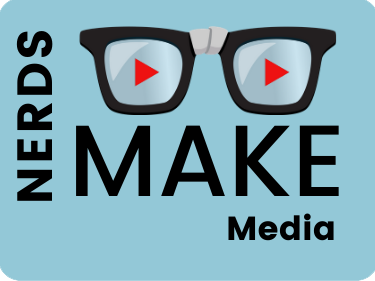It’s not that you ever get to the point where you “know everything” about the industry. However, I’m finding that equal to the actual knowledge you gain at an event like this is the reassurance and inspiration of meeting so many interesting people and hearing about so many worthy projects that face struggles similar to yours. Here are some random highlights:
- “transmedia” is the new buzz word, but seems to basically mean the same as “cross platform” or “multi-platform” or “multimedia”.
- Sponsors want to hear that your project is “transmedia”, even if they don’t really understand what they means or how to make it happen.
- The Bay Area Video Coalition has helped many of the transmedia presenters at the conference.
- Public radio producers are at the forefront of transmedia. Story Corps has worked with animators to produce some wonderful (bring tears to your eyes) animations that have shown on POV and all over the web. My son’s media literacy class has shown them as well.
- Al Letson of the show “State of the Re:Union” spoke about how he worked with filmmakers to make short video documentaries about the subjects they were doing radio documentaries on. He said it was a matter of learning to accommodate each other – a radio person wants to practically shove a microphone in someone’s face, while a film person doesn’t want to see it at all.
- Glynn Washington of the show “Snap Judgment” spoke of how he liked to do features based on documentaries. He said that documentarians shouldn’t feel territorial about “their ideas”, as being featured on his show always lead to increase in sales. He said he really needed to talk to “that guy” with the show about homosexuals in rural areas; it would be perfect for him.
- Transmedia is seen as a way to attract more young people both to causes and public media. The average age of an NPR listener is 56. Non-profits are thinking of how they will attract the next generations of young donors and activists as well.
- The gathering of useful metrics bedevils those of us in many fields – instructional design, documentary filmmaking and transmedia collaborations.
- Once you create a budget, add 20-25% for the testing and refinement of digital media.
The case studies were particularly helpful. They included:
- Jacqueline Olive has a great project in development called “Always in Season” where a documentary about America’s history of lynching will be accompanied by a Second Life “Island” where people can actually interact in a lynching scenario and possibly try to change it. When asked what would happen if a bunch of neo-Nazis participated, she said these possibilities are still being worked out. The project will have a soft launch at sponsoring universities.
- Roland Legiardi-Laura has a project “To be Heard” about under-privileged teenagers using poetry to change their lives. In addition to the documentary, there is the development of a mobile phone ap that will allow poetry composed on smart phones to be posted as a stream on a website. They poems could then be used by non-profits focused on the issues raised by the poems, such as child abuse, teen pregnancy etc. He frankly said that the film would cost approx. $340K, but they would need another $120K to develop the aps etc. To make the website truly sustainable they would need paid staff for a couple years so add another $240K. They are well on the way with the fundraising.
This is a point I’ve been making for awhile – these interactive websites, Internet forums, online communities etc. are not “build it and they will come”. They require active, time consuming moderation and nurturing to work.
- Dean Hamer did indeed do a great presentation about the amazing outreach he and his partner Joe have been able to do with their film “Out in the Silence”. Some new quotable things he said were:
- “The best thing that happened is that we had to make our film with no money”. By this he meant that it allowed them to make the film their way without worrying about pleasing sponsors. I also think it allowed the film to move forward, instead of being fussed over and polished more than was needed for its purpose.
- “The limiting factor for our films is not whether you’ll see it on TV or a festival (or the web) but whether you’ve heard of it at all”
- Giving away their film for free over the Internet not only resulted in an uptick in DVD sales, but allowed it to better serve its activist purpose. A gay teenager in a rural area who wouldn’t want to be seen in public buying it, renting it, borrowing it from the library etc. would be able to see it privately in his own bedroom.

